The Aceh earthquake and tsunami, on December 26, 2004, was the biggest disaster – in its scale and impact – of this century. After the incident, it seemed like various other disasters took place all over the world. The high level of vulnerability requires us to become a resilient nation against disasters. Every country needs to mobilize its resources in anticipating future events, reducing casualties and potential losses, and effectively restoring post-disaster conditions for the sustainability of national development. One crucial resource is the capacity of disaster science and technology.
Utilizing the capacity of science and technology in disaster risk reduction is also a mandate of the global framework of Sendai Framework for Disaster Risk Reduction (SFDR) 2015-2030 and Law 24/2007 on Disaster Management. The role of science and technology needs range from understanding the dynamics of the threat, victim reduction, and capacity building, to the formulation of policy. In this context, the role of universities becomes very central. Moreover, in disaster-prone areas, the university is the spearhead of the development and application of science and technology while at the same time giving birth to capable human resources to deal with various potential threats.
As a university that was directly affected by the 2004 tsunami, Universitas Syiah Kuala (USK) was well aware of its role and responsibility in producing scientific and technological-based scientific endeavours for the sake of the safety of future generations from the threat of disaster. Moreover, Aceh has the most complete footprint in the world for disaster research, specifically earthquakes and tsunamis.
To solve the demands and diversity and the potential threat of disaster, Universitas Syiah Kuala has been given the mandate by the government of Indonesia to host a graduate program (S2) in disaster science. Graduate Program in Disaster Science is a multi-disciplinary program that is used as the foundation for designing strategies for effective disaster assessment including mitigating the adverse effects of disasters, responding to disasters, and recovering from disasters.
The successive disaster events require experts who have specific competencies in disaster management. So far, this personnel has been absorbed from various other related disciplines, so disaster management efforts cannot be expected to be maximal. In this case, the graduate program (S2) in disaster science at Universitas Syiah Kuala has contributed to the increased competence of workers in the field of disaster. The graduates of the program have worked in various government and private agencies related to disaster management.
Nevertheless, the number of graduates produced is still very low compared to the increasing needs of disaster experts. Therefore, increasing the competency of Indonesian human resources in the field of disaster to the postgraduate level (i.e. master’s degree or doctoral level) is absolutely necessary.
————————




